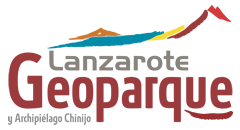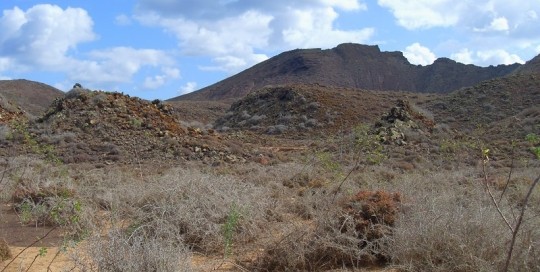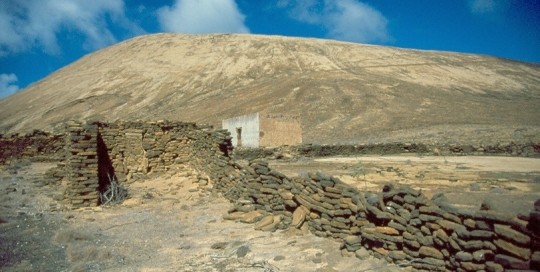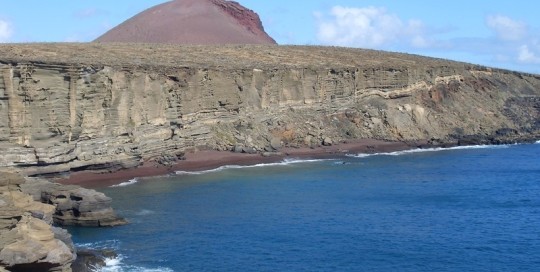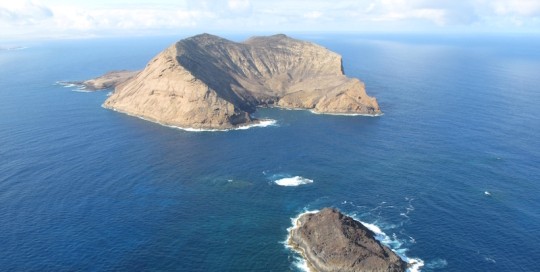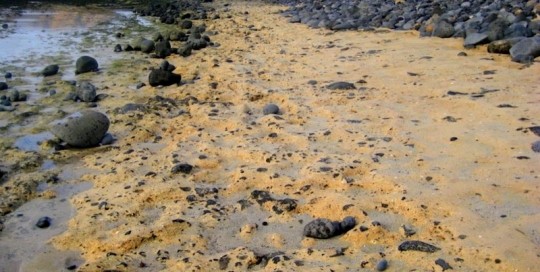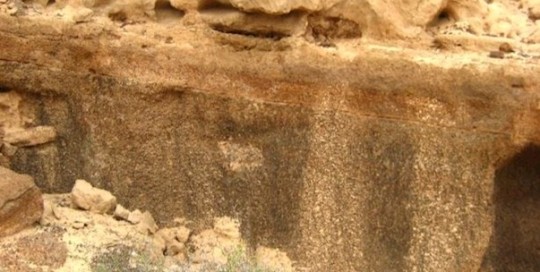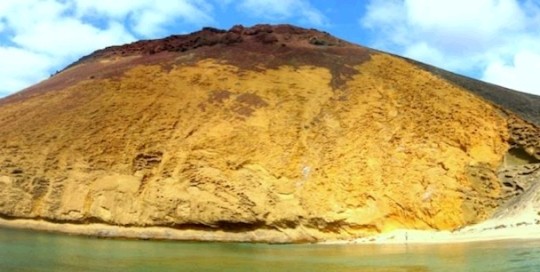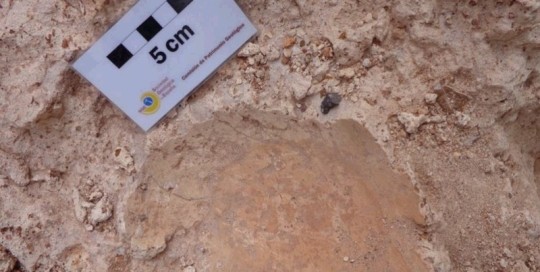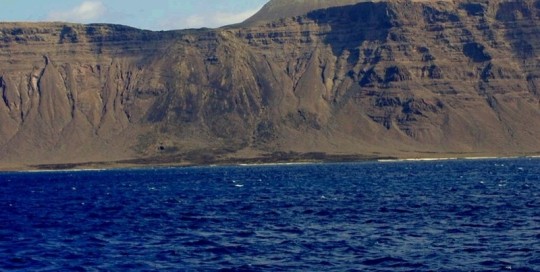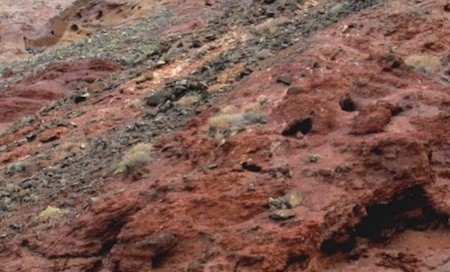Basaltic lava flows, mainly aa type, fragmented in blocks with numerous cracked tumulus, longitudinally and transversally, from the eruptive fissure of Montaña Lobos, from the Pleistocene Era. Over these lava flows, there are hydromagmatic pyroclastic density currents from the hydromagmatic caldera. On the lower areas, closed endorheic depressions have developed de forming ephemeral, not very [...]
LIG AL02: La Caldera
carlosdpp2021-03-09T13:57:03+00:00A hydromagmatic construction, almost 300 m tall, with a diameter at the base of more than 2 km and a ring crater of around 1238 m in diameter. The volcanic construction is formed by a strong series of pyroclastic waves, that go from wet to dry from wall to ceiling, showing all the characteristic features [...]
LIG AL03: Trocadero-El Veril
carlosdpp2021-03-09T13:56:33+00:00The south eastern coastal stripe of the islet of Alegranza has a marine cliff between 40 and 200 m high, where the different formation sequences of the islet are left exposed. This is a coastal shelf of very varied profile, height and morphology on the basis of the type of the predominant material it covers, [...]
MC01: Montaña Clara-Roque del Este
carlosdpp2021-03-09T13:55:38+00:00Montaña Clara is a large building, approximately 1400x1500 m and 256 m high, with a broad crater open towards the north, of around 700m in diameter. The building is eroded by the sea, and on the cliffs we can observe the genetic evolution that began by being hydromagmatic and ended up with its construction, with [...]
GR01 Costa de Los Resbalajes
carlosdpp2021-03-09T13:52:47+00:00From the south sector to the north, there is a gradual decrease of the age of materials that make up the coast. This fact clearly results in changes to the coastal setting of the whole littoral. After barely 2 km, it is possible to make out, at least, three stretches: on the first stretch, in [...]
GR02 Barranco de Los Conejos
carlosdpp2021-03-09T13:51:44+00:00The island of La Graciosa is characterised by recent volcanism and the intense sand covering it. That explains the little significance that erosive shapes have on the whole surface. La Graciosa has a scarce and under developed hydrographic network, with two ravines, one called Barranco Verde, in the south of Montaña del Mojón and Barranco [...]
GR03 Montaña Amarilla
carlosdpp2021-03-09T13:50:54+00:00This is the only building in La Graciosa almost fully formed by palagonitised deposits of clearly marked hydromagmatic features, with abundant pyroclastic structures associated with surtseyan eruptive mechanisms. The hydromagmatic materials are crowned by strombolian volcanic products with lava fall and emission deposits towards the north, through a horseshoe crater open in that direction. Many [...]
LZ01 Zona paleontológica de Órzola
carlosdpp2021-03-09T13:50:03+00:00Includes several paleontological sites related to sand deposits. The fossils are on ancient dunes stratigraphically located among the basaltic miocene lava flows and under basaltic pliocene lava flows. The calcareous sand deposits are inter-stratificated with alluvial deposits. The sites of Valle Grande, Valle Chico and Fuente de Gusa stand out. In those deposits there are [...]
LZ02 Risco de Famara
carlosdpp2021-03-09T13:49:10+00:00This cliff is around 25 km long, and between 400 and 600 m high, whose genesis is linked to a debris avalanche. The cliff is carved on the Famara massif, and formed mainly by basaltic lava flows piling up with intercalation of levels of pyroclasts, buried pyroclasts cones, layers of red ochre and detrital deposits. [...]
LZ03 Cono enterrado de Órzola
carlosdpp2021-03-09T13:48:00+00:00It is located in the lower part of the ancient building of Famara, and it is between 10.2 – 8.3 Ma, and one of the oldest hydromagmatic cones on the island of Lanzarote. It is a perfect example of a buried volcanic construction, showing its ochre shades and an approximately conic morphology, where the different [...]
